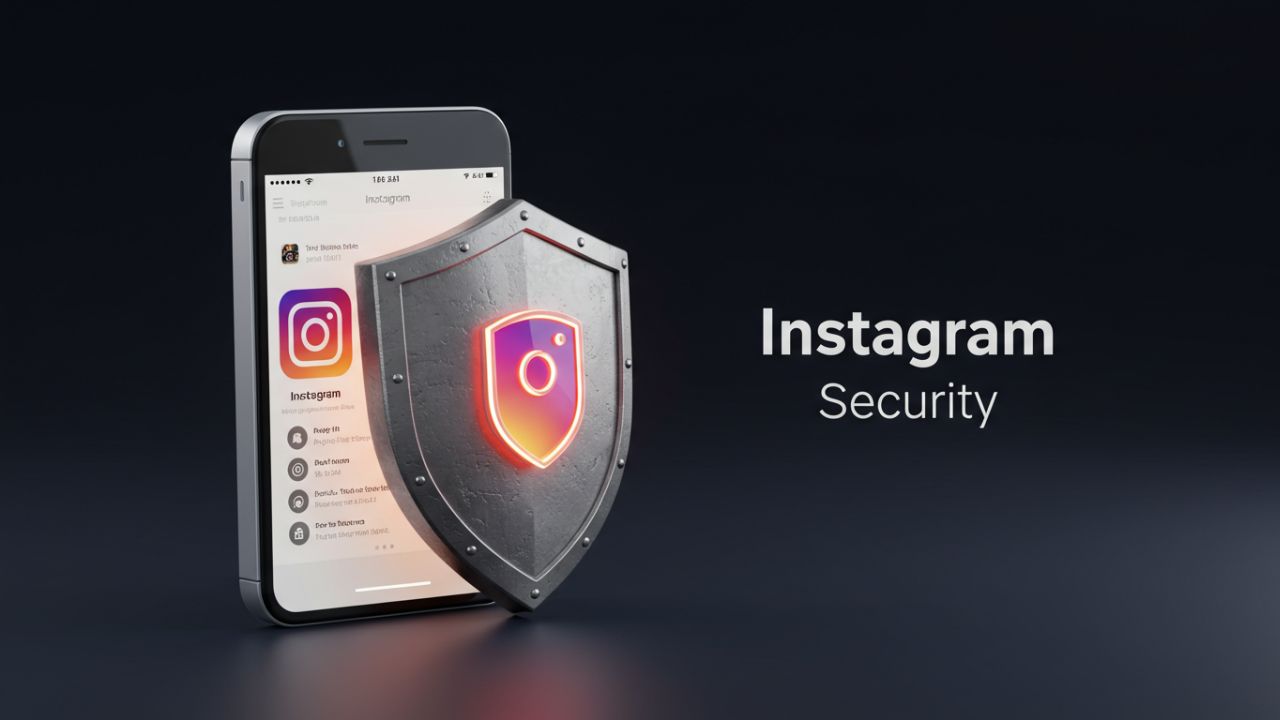In an era where social media dominates personal and professional interactions, Instagram stands out as a pivotal platform with over 2 billion monthly active users . However, its popularity makes it a prime target for malicious actors deploying bots and spam. These threats can compromise account security, damage reputation, and undermine user trust. This guide delves into actionable strategies to safeguard your Instagram account, ensuring authenticity and security in a landscape riddled with automated threats.
1. Understanding Bots and Spam on Instagram
1.1 What Are Instagram Bots?
Bots are automated software programs designed to mimic human behavior. On Instagram, they execute tasks like following/unfollowing, liking posts, or sending messages at scale. Key types include:
- Follower Bots : Inflate follower counts by mass-following accounts.
- Engagement Bots : Automatically like or comment on posts to manipulate algorithms.
- Phishing Bots : Send fraudulent DMs with malicious links to steal credentials.
- Spam Bots : Flood comments and DMs with irrelevant links or promotions.
1.2 Common Spam Tactics
- Comment Spam : Generic phrases like “Nice post! Check my profile.”
- DM Spam : Links to phishing sites or fake giveaways.
- Fake Contests : Posts urging users to “tag friends” to win prizes, harvesting data.
Example : A bot might send a DM: “You’ve been selected for a free iPhone! Click here to claim.” The link installs malware or steals login details.
2. Signs Your Account is Under Attack
2.1 Sudden Follower Spikes
A rapid increase in followers, especially from accounts with no profile pictures or bios, signals bot activity.
2.2 Unusual Engagement Patterns
- Repetitive Comments : Dozens of “Wow!” or “Love this!” comments from new accounts.
- Inauthentic Likes : Posts receive hundreds of likes from unrelated or inactive users.
2.3 Suspicious Direct Messages
Unsolicited DMs containing links, requests for personal information, or urgent calls to action.
2.4 Login Notifications
Emails or app alerts about login attempts from unfamiliar devices or locations.
3. Proactive Protection Measures
3.1 Fortify Passwords and Enable Two-Factor Authentication (2FA)
- Strong Passwords : Use a mix of letters, numbers, and symbols. Avoid common phrases.
- Password Managers : Tools like LastPass or 1Password generate and store complex passwords.
- 2FA Setup : Enable via Instagram Settings > Security > Two-Factor Authentication. Use an authenticator app (e.g., Google Authenticator) instead of SMS for added security.
3.2 Adjust Privacy Settings
- Switch to Private Account : Limits followers to approved users.
- Restrict Suspicious Accounts : Go to the user’s profile > Restrict. This hides their comments from others and limits DM access.
- Disable Third-Party Access : Revoke permissions for unused apps under Settings > Security > Apps and Websites.
3.3 Audit Third-Party Apps
Third-party apps (e.g., “growth tools”) often request excessive permissions. Regularly review connected apps and remove those not in use.
4. Combating Spam and Bots
4.1 Report and Block Aggressively
- Report Spam : Tap the three dots on a post/comment > Report > Spam.
- Block Users : Prevents further interaction and alerts Instagram’s algorithm.
4.2 Leverage Instagram’s Built-In Tools
- Comment Filters : Navigate to Settings > Privacy > Comments. Enable “Hide Offensive Comments” and create custom keyword filters.
- Restrict Feature : Silently limits interactions without notifying the spammer.
- Message Filters : Automatically filter DMs from non-followers into a “Message Requests” folder.
4.3 Manual Monitoring
- Regular Follower Audits : Use tools like InShot or HypeAuditor to identify fake followers.
- Engagement Analysis : Check if likes/comments align with your audience demographics.
5. Advanced Security Strategies
5.1 Monitor Login Activity
Under Settings > Security > Login Activity, review devices accessing your account. Log out of unrecognized devices immediately.
5.2 Secure Your Email
Since Instagram accounts are tied to email addresses, enable 2FA on your email and use a strong password. Beware of phishing emails mimicking Instagram support.
5.3 Stay Updated
Regularly update the Instagram app to patch vulnerabilities. Enable automatic updates on your device.
5.4 Educate Yourself on Phishing
Recognize red flags:
- Urgent requests (“Verify your account now!”).
- Misspelled URLs (e.g., “instagarm.com”).
- Unsolicited attachments.
6. Recovering a Compromised Account
6.1 Immediate Steps
- Change your Instagram password.
- Update passwords for linked accounts (email, Facebook).
- Check email for unauthorized changes.
6.2 Instagram’s Support Process
- Visit the Instagram Help Center and select “Report a Hacked Account.”
- Follow prompts to regain access. Provide identification if required.
6.3 Post-Recovery Measures
- Audit connected apps and remove suspicious ones.
- Inform followers via a post/stories about the breach to prevent further phishing.
7. The Impact of Bots on Businesses
Fake followers distort analytics, leading to misguided marketing strategies. For influencers, bot followers reduce credibility with brands. Use Instagram Insights to track genuine engagement metrics (e.g., story exits, shares).
8. Conclusion: Vigilance as a Habit
Protecting your Instagram account requires a blend of proactive measures, continuous monitoring, and swift action against threats. By understanding bot behaviors, leveraging Instagram’s security tools, and staying informed, you can maintain a secure and authentic presence on the platform.
Final Tips :
- Regularly review Instagram’s Security Checklist .
- Encourage followers to report suspicious activity.
- Stay skeptical of “too good to be true” offers.
By prioritizing security, you not only protect your account but contribute to a safer Instagram community.

Leave a Reply